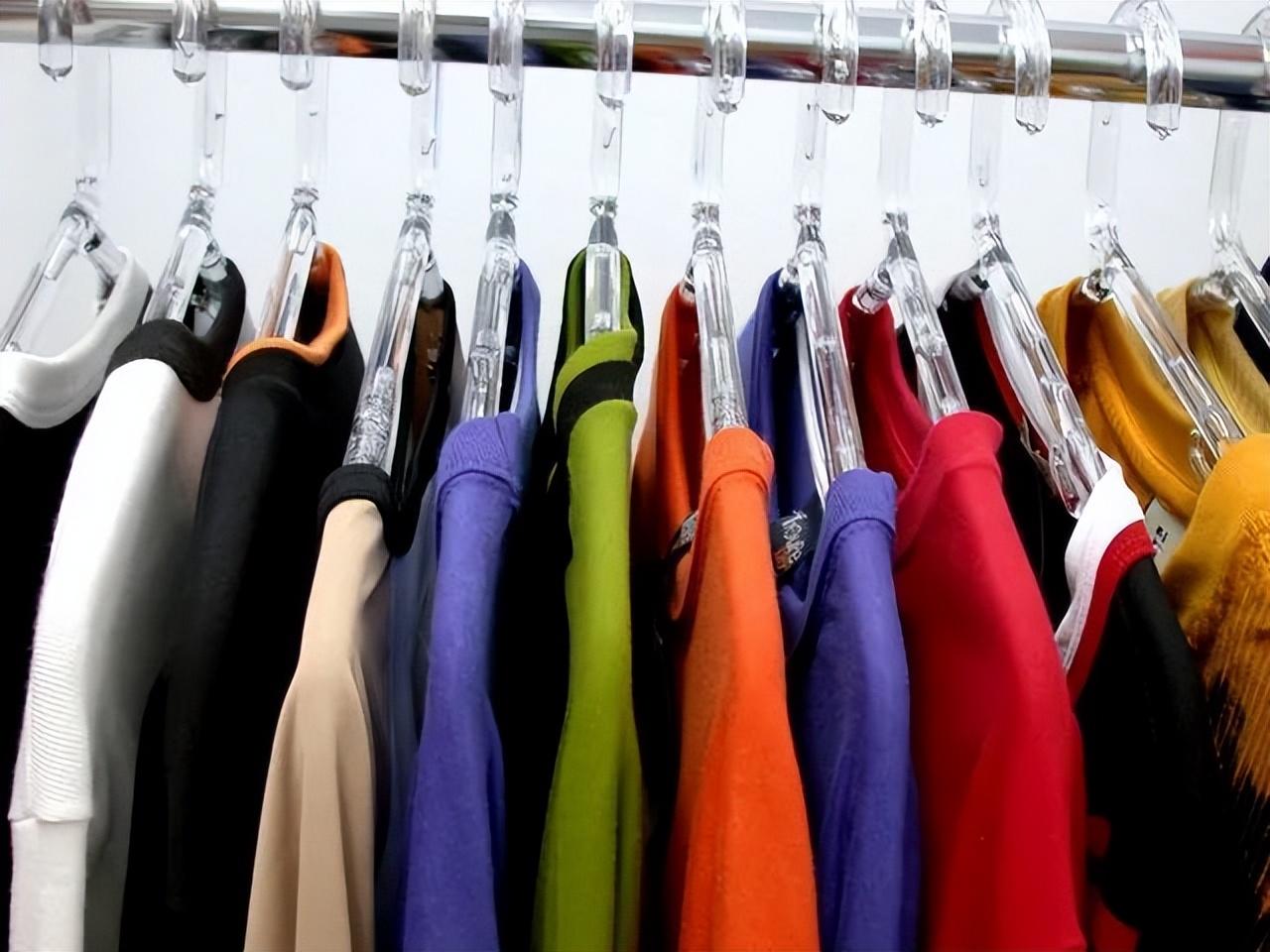When it comes to pilling in sweaters, everyone is familiar with it. I believe many people have experienced pilling in sweaters after wearing them for a period of time. Many people don’t understand what it means, and some people even think that pilling is a quality problem. In fact, this is a kind of prejudice among people.
Why do sweaters pill?
During use, the fabric is constantly subjected to friction, causing the fiber ends on the surface to be pulled, belted, hooked, and pulled out, and hairiness is formed on the surface of the fabric, which is called fluffing. As the hairiness is gradually pulled out and stretched out, generally when it exceeds 5mm, and is subjected to friction again, these fiber ends will hook each other and wind around to form an irregular ball shape. As the fabric continues to rub during use, the fiber balls gradually become closer.
And the fibers stuck to the fabric are subjected to repeated bending, fatigue and even breakage in different directions, and the fiber balls fall off from the surface of the fabric. However, the fiber hairiness at the broken head will continue to be pulled out during use and form fibers again. ball.
Let’s take a look at the factors that cause sweater pilling:
1) Raw material factors: The higher the quality of the wool raw material, the better the fineness, the denser the surface scales, the better the curl, the softer the hand, but it is also easier to tangle, Pilling.
2) Fabric organization: sweaters have different knitting methods (plain stitch, ingot, double ingot, etc.) and different densities (loose, Tight) will also produce varying degrees of pilling.
3) Wearing scene: Contact with different objects (smooth, rough) when wearing will also produce different degrees of pilling. , Sleeves, pockets and other parts are prone to pilling due to frequent friction.
4) From a technical point of view: if the twist is loose, the yarn will be rounder and the yarn will be fuller, but it will be easier to break. If the twist is too tight, it will lose the wool style and become like a rope.

Methods to solve sweater pilling
The method is very important, and the difference before and after processing is also very big
1) If it is a relatively large hair ball, you can cut it off directly with scissors.
2) Use a hair removal comb to gently scrape the pilling area to easily clean off the small hair balls.
3) Use a hair remover to remove hair balls from sweaters and woolen coats, which is quick and convenient. In order to protect the texture, place the sweater on a flat surface and smooth out the wrinkles before proceeding.
4) Treated toothbrush. Use scissors to make a few cuts on one side of the toothbrush to make the sides of the toothbrush uneven. Use the cut side of the toothbrush to gently scrape along the lines of the sweater to remove hair balls.
5) Use a razor to gently scrape the surface of the sweater a few times, and the hair balls will pile up ~ twist them with your hands Just throw it away.
6) You can also use tape or Velcro to stick it on. Choose the one with a wide edge and good stickiness.
7) It is best to use new sponges or sandpaper for dishwashing, which are relatively clean and hard. With the bulge facing the sweater, just slide it over.
Care methods to prevent sweater pilling
Although I know the tips for removing hair balls, the most important thing to completely solve the problem of sweater pilling is daily cleaning and care.
1) Cleaning: When a dirty sweater needs to be machine washed, the sweater should be turned inside out first , and then put a nylon bag on the outside of the sweater, so that cleaning can avoid friction to the greatest extent and reduce damage to the sweater.
2) Detergent: Wash your sweater with shampoo to make it soft and natural. So easy to pill.
3) Sweater storage: Finally, when we store sweaters, remember to use storage bags or plastic Bag it well to reduce the number of times the sweater rubs against other clothes, which can effectively reduce the chance of pilling in the sweater.







